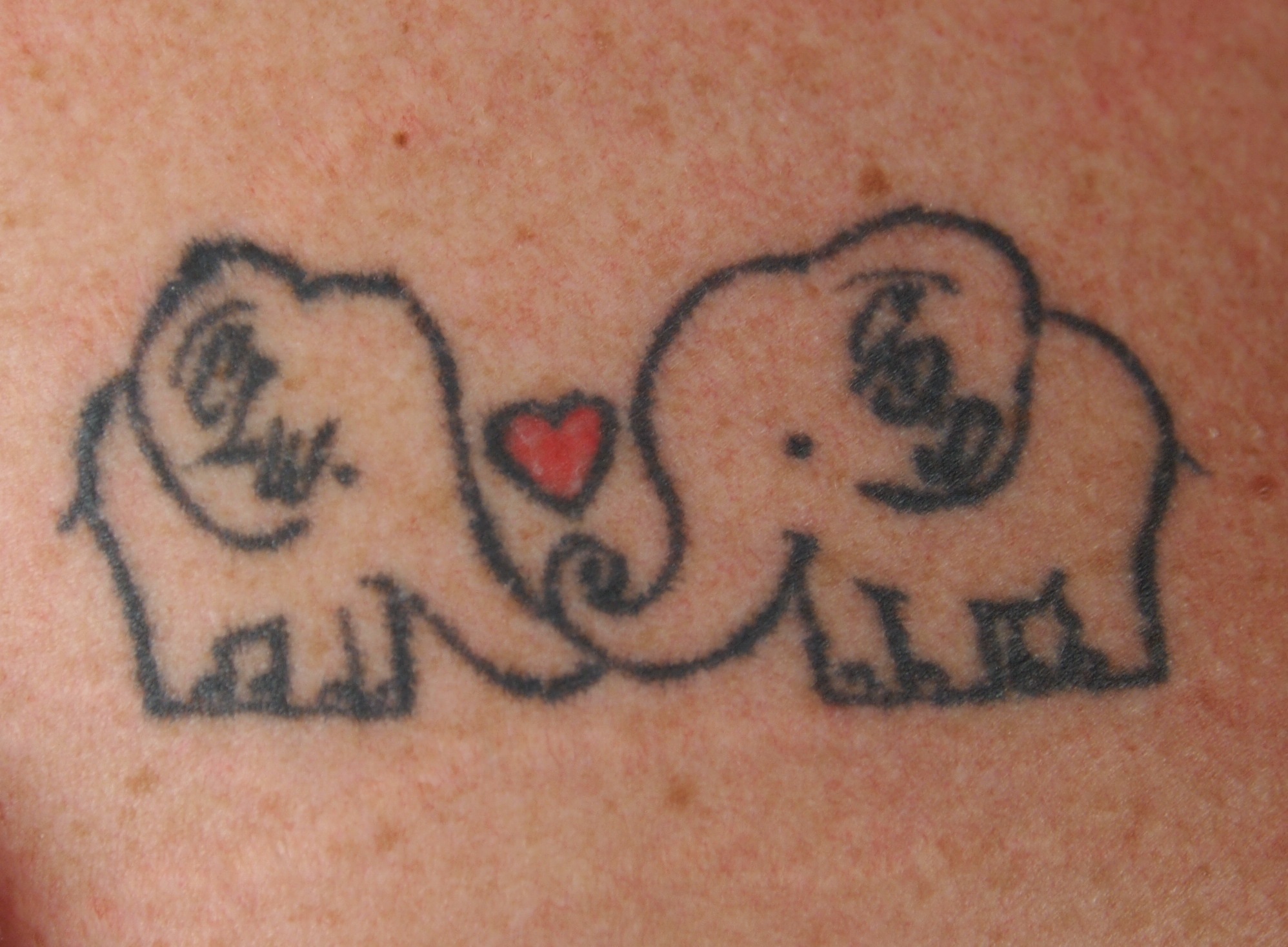In mounting our tattoo exhibit, The Story Behind the Tat: Tattoo Art in Central Minnesota, at The Charles A. Weyerhaeuser Memorial Museum and hosting related events, judgments have been hanging in the air. When some people hear the theme, they roll their eyes or immediately comment on how they would never get a tattoo. Some purse their lips in distaste at the topic, not really thinking to ask why a museum might cover such a topic and what they might potentially learn.
Tattoo, until recently, has been an underground activity, with the culture that is in power signaling that it is bad, wrong, taboo. According to the episode of Netflix Explained: Tattoo, this is by design. Pacific Island cultures, which practiced tattoo at the time of colonization, had to be stripped of their culture, including tattoo, so they could be dominated by the colonizers. This is what those who seek power do – erase cultures so they can take control.
There has been a recent resurgence in tattoo, with people from all walks of life getting them for very personal reasons, which we discovered with our exhibit. They use tattoo to help them overcome addiction, cope with breast cancer, or memorialize or honor loved ones.
Those who have tattoos have to deal with the judgments of others who grew up with the notion that tattoos were bad, that those who had designs permanently embedded in their skin were suspect, lower-class, from the wrong side of the tracks.
By extension, tattoo artists are judged in the same way. Having talked with these artists about their work and their businesses (because most of them are indeed business owners), I have found them to be thoughtful, open-minded, and considerate. They care deeply for their clients, for their health, safety, comfort, and well-being. They are also highly skilled artists, each with their own aesthetic sense. They have to be steady and patient with their tattoo machines to create their art on an ever-moving canvas that flinches with pain. With few exceptions, the tattoos they have inked will disappear once their clients die. (This is why Eric Noble of Dark Matter Tattoo in St. Cloud has taken up oil painting – so some of his artistic legacy has a chance to exist well into the future.)
This tattoo series has also revealed some tsk-tsk judgments about museums and county historical societies. Tattoo artists and museum visitors are surprised we would take on such a topic, as are other museums. Some assume a small museum or county historical society is not “edgy” or progressive enough to tackle the subject. And some labor under the notion that taboo topics shouldn’t be discussed or examined in a museum at all. Just stick to the non-controversial topics, like aprons and old logging tools, please.
The Morrison County Historical Society, from its inception in 1936, has been working to capture the full diversity of Morrison County’s history in all of its messy, everyday and outstanding glory. Tattoos have become so common, from the pin-ups, anchors, and hearts of military service members during the World Wars to the shared adorable elephant tattoos of sisters, that it seems natural for us to explore them within a museum setting.
As for whether a small museum should be covering such a topic, a friend of mine recently said that our museum “punches above its weight class.” We live with the negative judgments about what small history museums can and can’t do every day and we shatter them regularly. It’s at least a half-century long attitude that makes our institution highly respected within the state.
There is another definition to the word judgment other than the shaming/blaming one, and that is discernment. Discernment means carefully analyzing a situation or subject, even if it is something you disagree with or find repugnant, to see what truth can be revealed.
Museums are about discernment. At our best, we fully explore all peoples and aspects of society. Our potential subjects of discernment are as varied as culture itself. So, if you see us covering a topic that you find uncomfortable or distasteful in some way, say, tattoos, use your powers of discernment. Ask why the museum has taken on the topic. Check out the related exhibits and events to examine the truths being presented. You may still leave with a feeling of discomfort or distaste for the subject – and that’s okay. As a Buddhist would say, “Sit with the discomfort.” But, you may also have learned something new about your fellow human beings (and small museums!) in the process.
~Mary Warner, Executive Director
This article originally appeared in the Morrison County Historical Society newsletter, Vol. 32, No. 3, 2019.


